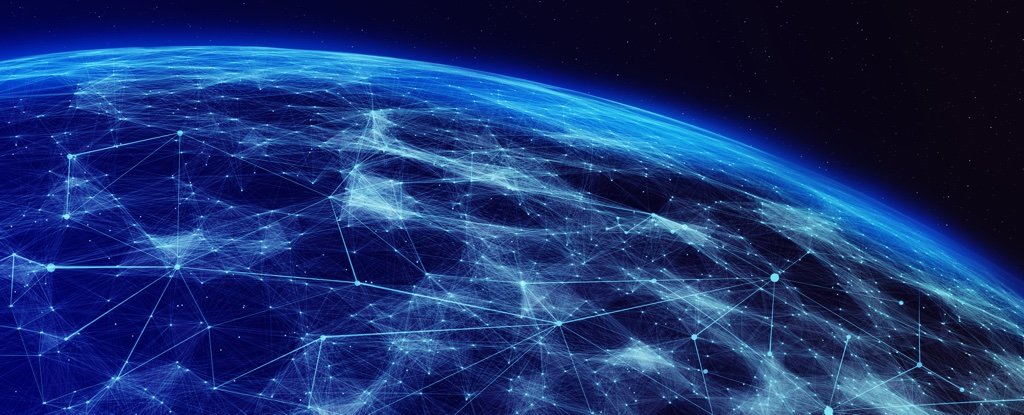https://www.sciencealert.com/the-internet-itself-most-powerful-earthquake-detection-system-ever-fibre-optic-seismic
PETER DOCKRILL
6 JUL 2018

(spainter_vfx/iStock)
The internet isn't your phone. It's not Instagram, YouTube, or Netflix. Behind those apparitions, the internet is actually a sprawling matrix of hundreds of undersea data cables, criss-crossing the ocean for some 885,000 km (550,000 miles).
That's where your Facebook and FOMO come from. But those hidden conduits aren't just useful for relaying data - this massive web of infrastructure could also give us an unprecedented network for detecting earthquakes, new research reveals.
In a new study led by volcanologist Philippe Jousset from the GFZ German Research Centre for Geosciences, researchers sent pulses of laser light through a 15-kilometre (9.3 mile) stretch of conventional optical fibre internet cable in Iceland, which they used as a proxy to measure seismic activity.
"Our measurements revealed structural features in the underground with unprecedented resolution and yielded signals equaling data points every four metres," Jousset says.
"This is denser than any seismological network worldwide."
The concept of doing this is not itself new. For years, researchers have been looking at ways to leverage the internet as a way to monitor seismic activity, with one study just last month showing optical fibre cables could detect quakes up to 18,500 km (11,500 miles) away.
But Jousset says his team's project was the first worldwide to pioneer such measurements for seismological objectives, and with such a long cable.
"Our measurements using fibre optic cables depicted the ground far more accurately than ever before," Jousset told DW, explaining the technique makes it almost like installing an individual seismometer every four metres – which in this case enabled them to find a previously unknown fault in the rift between the Eurasian and American tectonic plates.
Given how expensive current seismic monitoring equipment is – and how thinly distributed it is over land and under sea – the researchers think the technique could give us a low-cost method to monitor quakes we're not currently aware of.
As an example, just last month scientists announced that earthquakes in Antarctica are actually a frequent occurrence. Previously it was assumed they were rare, but it wasn't a quirk of tectonics – just a lack of data.
Now we know better, and fibre optic cables could help us extend our quake awareness unimaginably further, while potentially redefining our granular understandings of what characterises seismic activity.
"Scientists could test new approaches and unconventional data processing, which then might obtain more accurate results compared to classical seismological methods," the team writes in the paper.
While there's a lot more research to be done before the near-endless length of internet cabling as a whole can be converted so as to replicate the functionality reported here, there's no doubt scientists are very excited about the transformative possibilities we're on the brink of realising.
"A revolution in seismic detection technology is underway, capturing unprecedented observations of earthquakes and their impacts," explainsgeophysicist Elizabeth Cochran in a commentary on the new research.
"These sensor innovations provide real-time ground shaking observations that could improve emergency response following damaging earthquakes and may advance our understanding of the physics of earthquake ruptures."

Comments
Post a Comment